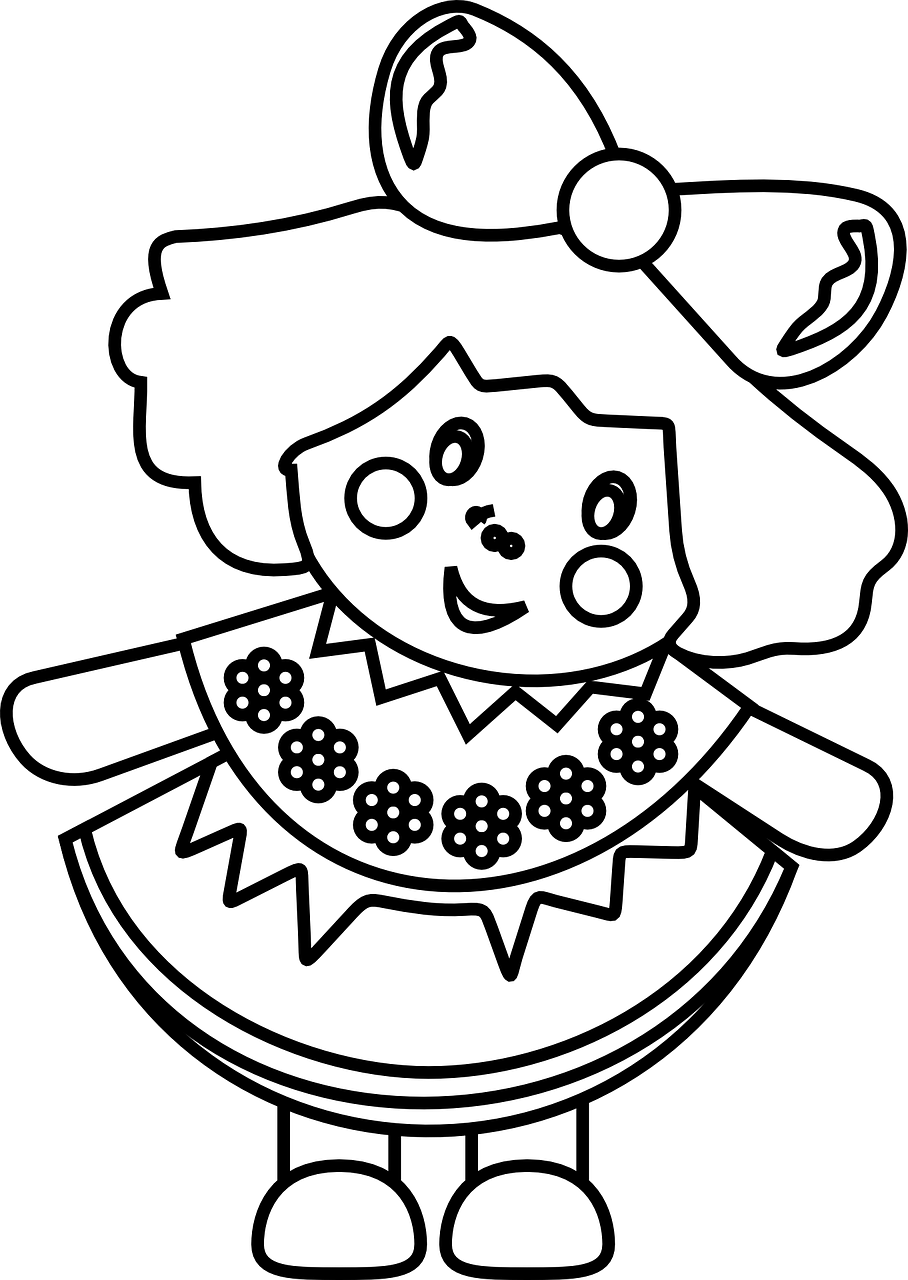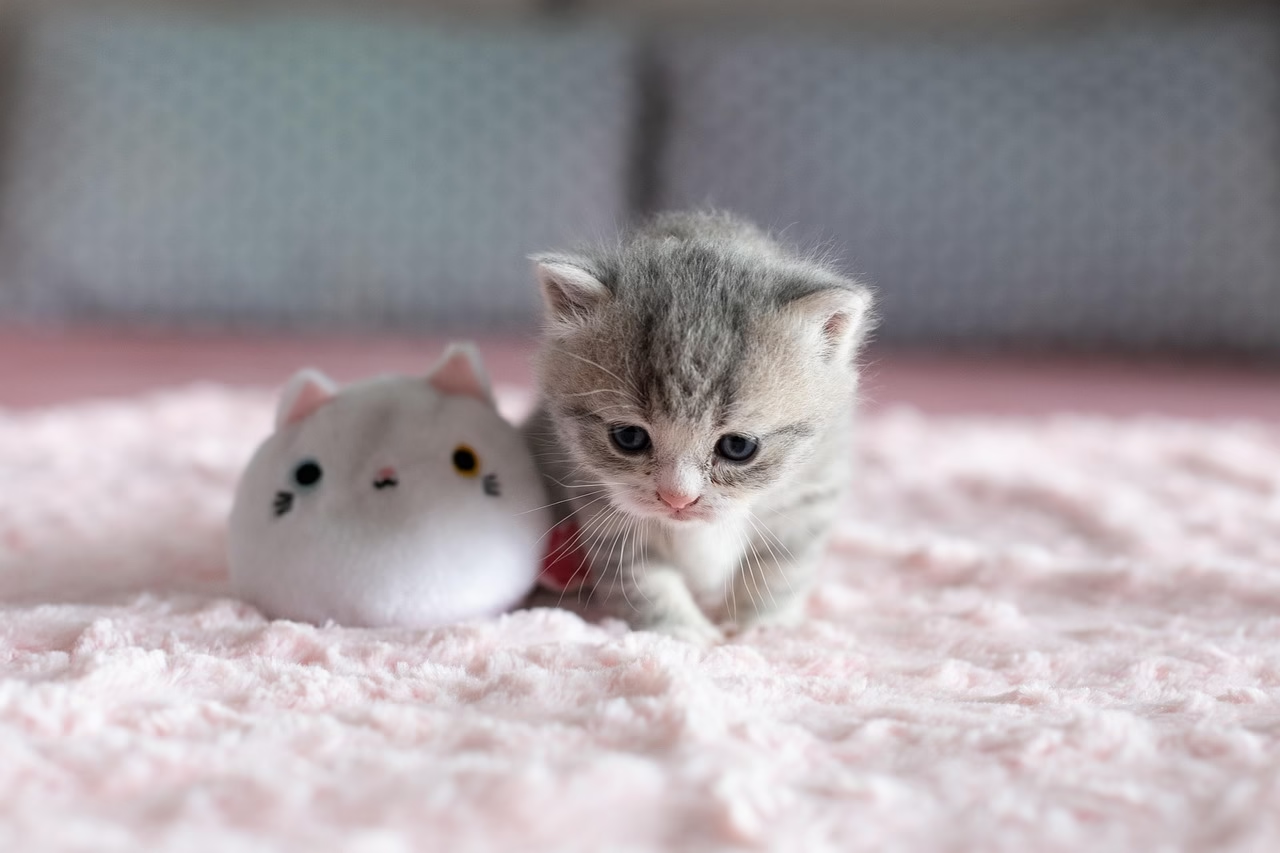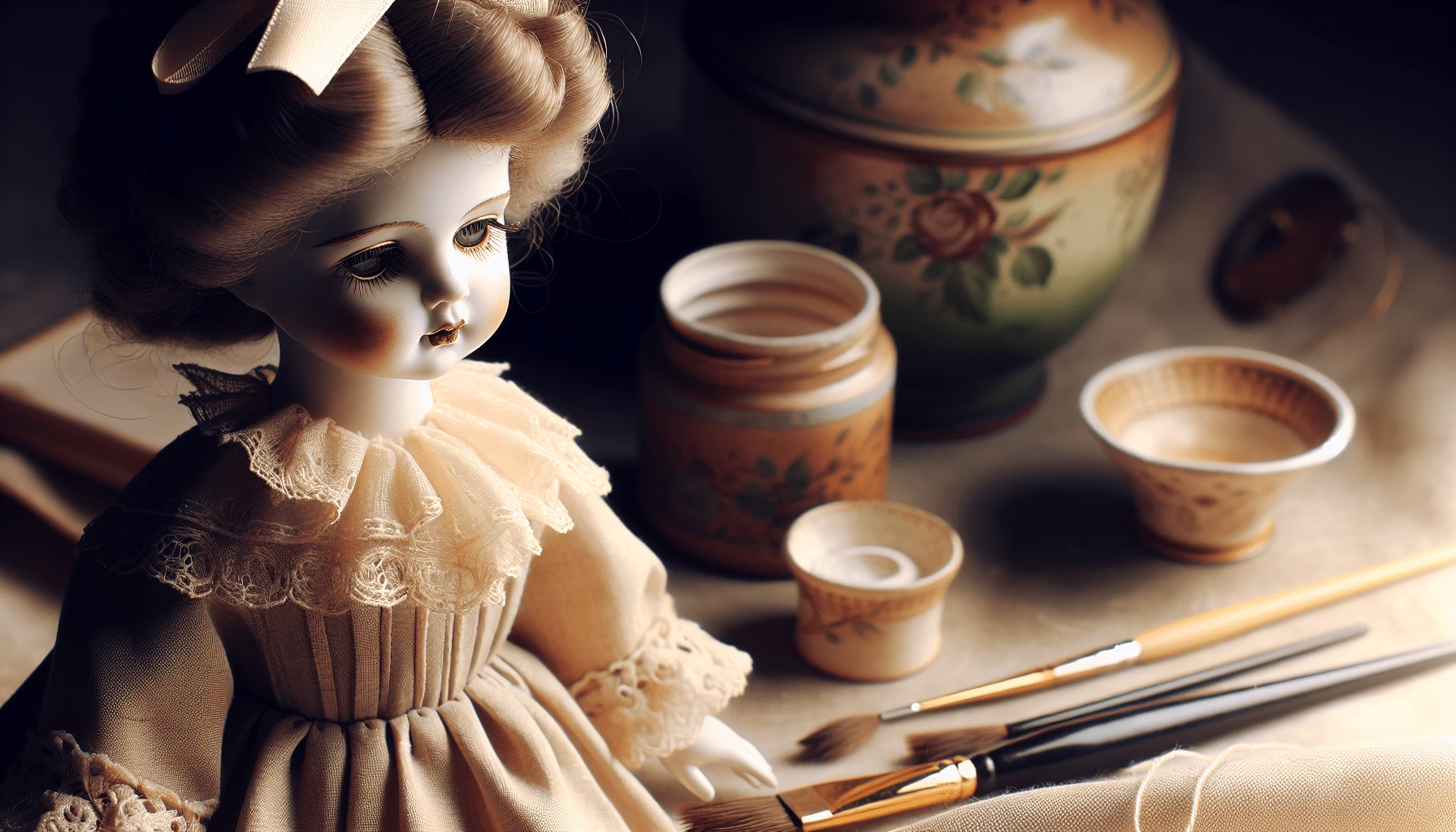How does one breathe life back into a cherished childhood companion that time has rendered fragile and worn? Doll restoration, a meticulous and conscientious art, is the answer for those looking to revive the beauty and essence of beloved dolls. This domain, both fascinating and intricate, speaks to collectors and restorers alike, each driven by a passion for preservation.
The practice of professional doll restoration involves a variety of techniques and methods to ensure the delicate rejuvenation of dolls, whether they be antique relics or modern collectibles. Through expert methods, restorers can not only mend physical wear and tear but also restore the sentimental value each piece carries. This article will guide enthusiasts through key concepts and methodologies within the sphere of professional doll restoration.

Table of Contents
The Historical Journey of Doll Restoration
Dolls have been a part of human culture for centuries, serving as tools for play, storytelling, and cultural representation. The skill of restoration, however, is more than just repairing a toy; it is about preserving history and memories. Over time, the craft has evolved in parallel with the materials and technologies available.
Origins of Doll Restoration
The tradition of doll-making and restoration can be traced back to ancient civilizations such as the Egyptians, who created dolls from wood, clay, and ivory. However, systematic restoration practices became prominent during the Victorian era when dolls were primarily made of bisque or porcelain. During this time, as dolls became more intricate with moving parts and detailed clothing, the need for restoration arose when these expensive toys required repairs.
The Rise of Modern Restoration Techniques
Entering the 20th century, a boom in industrial manufacturing led to dolls being made from new materials such as celluloid, hard plastic, and vinyl. This evolution necessitated new restoration techniques, prompting professionals to innovate methods for repairing a broader range of imperfections. Today, advanced technology such as 3D printing and digital sculpting complements traditional restoration tools to address the unique demands of modern dolls.
The Art of Restoration: Key Concepts
Restoring dolls is not merely an act of repair. It is an art form that requires an understanding of aesthetics, a respect for originality, and a deep knowledge of diverse craftsmanship. Within this arena, several pivotal concepts govern the practice.
Understanding Originality and Restoration Balance
A central tenet of doll restoration is maintaining originality while improving aesthetics. The restorer must skillfully balance retaining original materials with introducing new elements to mend imperfections. A guiding principle is the “less is more” approach, which suggests restoring only what is necessary to maintain the doll’s historical and monetary value.
Material Knowledge and Compatibility
An intimate understanding of materials and their compatibility is crucial. Restorers must be familiar with materials ranging from bisque to vinyl and the appropriate substances to clean, mend, and seal each. Using wrong substances can lead to discoloration or further damage, so a thorough knowledge of each material’s properties is essential.

Essential Restoration Techniques
The journey through doll restoration is defined by a series of key techniques that restorers employ based on the doll’s composition and era. Expertise in these methods is crucial for any restorer looking to provide professional-quality service.
Cleaning and Preserving Antique Dolls
The foundational step in restoring any doll begins with cleaning. Antiquities require gentle handling:
- Surface Cleaning: Use a soft brush to remove dust and debris. Avoid abrasive materials that can scratch fragile surfaces.
- Material-Specific Cleaning Agents: Bisque and porcelain may require specialized cleaning solutions like distilled water or specific mild solvents to prevent staining.
- Fabric Care: Vintage fabrics should be hand-washed with delicate fabric cleaners. Testing solutions on hidden areas can prevent large-scale damage.
Repairing Structural Damage
Resolving structural issues is often necessary to restore functionality and form:
- Crack and Break Repair: Biscuits might necessitate bonding with epoxy resins, while a more modern plastic could require solvent welding.
- Reassembling Joints: For dolls with mobility, re-stringing with elastic or wire and replacing any corroded metal joints keeps mechanics smooth.
Repainting and Surface Restoration
Some restorations may require retouching to match original colors:
- Color Matching: Using archival paints and glazes helps recreate the doll’s authentic appearance.
- Avoid Overpainting: A minimalistic approach to repainting prevents the piece from losing its original charm. Layer lightly, preserving intricate original details.
Hair and Wig Renovation
For dolls featuring human or synthetic hair, careful restoration of these elements can restore their beauty:
- Synthetic Hair Care: Use warm water and gentle shampoo to clean synthetic hair. Avoid heat styling that could damage fibers.
- Wig Replacement: If the wig is beyond repair, choose high-quality replicas that match the period and style of the original.
Tailored Techniques for Contemporary Dolls
Contemporary dolls present their own unique challenges and requirements. Newer materials and construction methods necessitate distinct approaches.
Addressing Vinyl Degradation
Vinyl, common in many modern dolls, poses its own set of challenges, such as fading or becoming tacky over time. Restorers can employ:
- UV Protection Sprays: Protect vinyl dolls from further photodegradation if they are meant for display.
- Plasticizer Treatments: The application of restorative oils can restore suppleness to vinyl that has started to lose flexibility.
Joint and Eye Mechanism Repairs
Contemporary dolls often feature intricate mechanisms that allow for dynamic movement or realism:
- Joint Mechanism Upkeep: Lubricate and adjust joints regularly to maintain smooth motion.
- Eye Repair Techniques: In dolls with moving eyes, mechanisms may be cleaned or adjusted to reset functionality if they stick or malfunction.

Leveraging Visuals for Enhanced Understanding
Visual content is pivotal for illustrating complex restoration practices. Engaging with video tutorials or infographics can further knowledge and inspire enhanced techniques among practitioners.
The Role of Video Guides
Platforms like YouTube provide rich repositories of tutorials where seasoned restorers demonstrate techniques step-by-step, allowing professionals to follow along with visual aids. These tutorials, when keyword-optimized and widely viewed, offer practical insights into intricate processes like repainting or joint adjustments.
Illustrated Guides and Infographics
Infographics serve as handy guides that pair text instructions with visual cues. For example, illustrating the sequence of re-assembling a doll’s joint mechanisms aids significantly in mastering these pivotal skills.
Real-World Success Stories and Comparisons
Examining case studies from seasoned professionals can provide valuable lessons and insights.
Noteworthy Restorations
Artisans often share success stories, showcasing the transformation of decrepit dolls into restored masterpieces. Case studies include:
- Antique Porcelain Dallies Transformation: Numerous successful restorations of cracked and worn out porcelain dolls, revitalizing them to pristine conditions without losing authentic details.
- Modern Collector’s Doll Revivals: Enhancements using contemporary techniques like 3D-printed replacement parts that integrate seamlessly with original components.
Comparative Case Analysis
Discussing varied methods across different restoration professionals can highlight the effectiveness of techniques:
- Traditional vs. Modern Methods: Analyzing cases where the conservative restoration approach is contrasted with modern adaptations reflects the changing landscape in doll restoration methodologies.
In conclusion, professional doll restoration is an art form steeped in knowledge, manual dexterity, and a deep appreciation for preserving history. Enthusiasts who embark on this journey gain the rewarding experience of bringing neglected keepsakes back to life, while fully appreciating the delicate balance of restoration artistry. As practitioners refine their skills, they contribute to an ongoing legacy of preservation for generations of collectors to come.

How to Restore Doll Hair: Expert Tips to Fix Barbie’s Hair.
Finding the Right Balance: Collecting and Other Responsibilities

